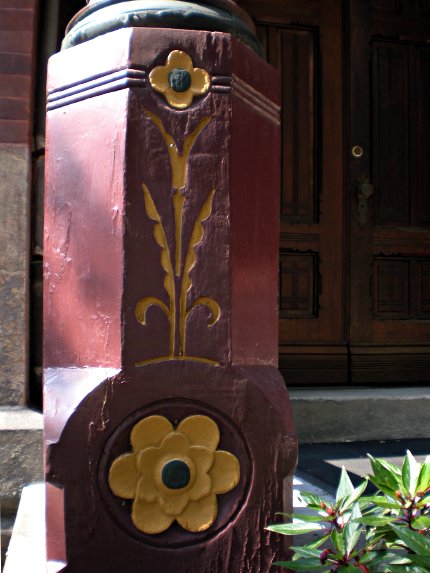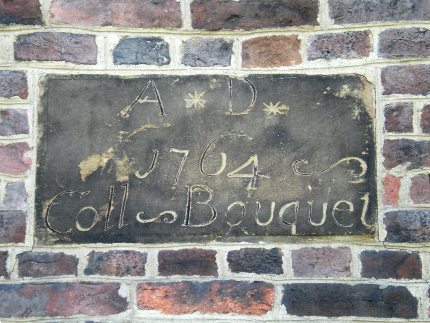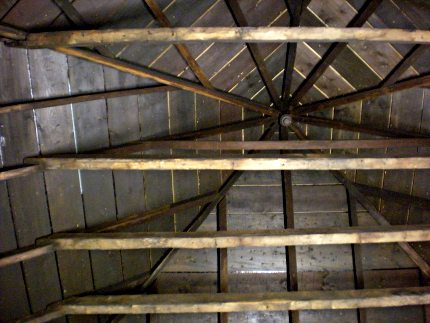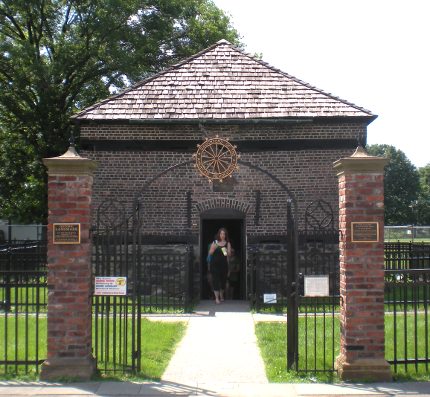
A South Side alley, crammed with little houses, in the fading light of a summer evening. In dense neighborhoods like the South Side, alleys were built between the main streets to serve the rear entrances of the rowhouses; but soon the real estate became so valuable that, one by one, the property owners sold off their back yards for smaller rowhouses. Alley houses like these are especially typical of the South Side, Lawrenceville, Bloomfield, and the Mexican War Streets, all of them old rowhouse neighborhoods.












